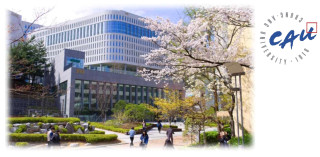Speaker
Description
The early Universe provides a unique environment to explore fundamental physics, offering extreme conditions that allow theoretical models to be tested, and opening the possibility to probe particle physics at energy scales far beyond the reach of current and future accelerators. In this respect, among the various cosmological phenomena of interest, first-order phase transitions play a prominent role, as they may have left a variety of experimentally accessible signatures. A first order phase transition proceeds through a process of nucleation, growth and merger of bubbles of true vacuum in a false vacuum background. The dynamics of this process is governed by the density perturbations and the non-trivial spatial profiles generated by the propagation of the bubble wall in the false vacuum sea. The determination of the wall expansion velocity is crucial to assess the experimental signatures of the transition. In this talk, I will report on recent advances in the quantitative theoretical description of bubble dynamics, and present numerical results for the bubble wall velocity and the plasma and fields profiles that describe the phase transition dynamics.
